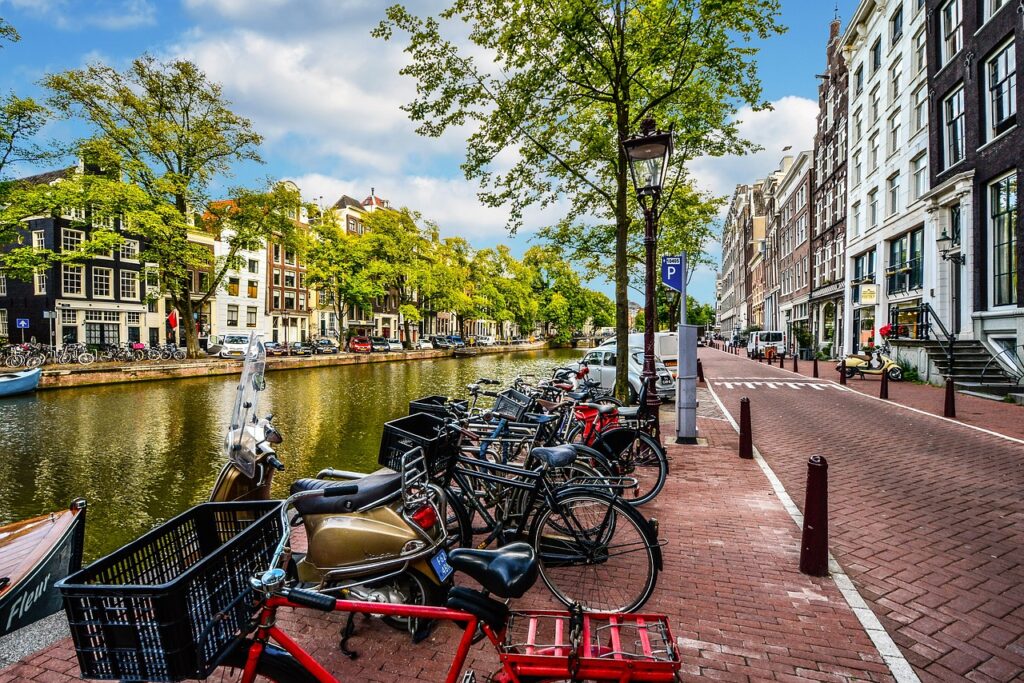According to Planetizen, walkability means having the “ability to safely walk to services and amenities within a reasonable distance, usually defined as a walk of 30 minutes or less”. In many European and Asian cities, walking from place to place is part of their way of life. However, there are still many places in the world that have yet to invest in and unlock the benefits of walkable cities economically, financially, and health-wise.
With more pedestrian-friendly infrastructure, residents feel safer roaming around the area. It also allows for physical activity to be naturally integrated into their day-to-day routine. A study conducted in 2003 by Ewing et al. revealed that residents of New York County walked an average of 80 minutes more per month and maintained a six-pound lower weight compared to individuals in Geauga County, where the city is less compact. Walkable cities foster a sense of connectivity within communities, enhancing mental well-being and fostering happiness. Residents enjoy easier access to public transportation and leisure activities, facilitating social interaction and community engagement.
Investing in walkable cities is not only beneficial for the residents, but also the businesses. An increase in foot traffic creates a vibrant and bustling environment that invites both residents and tourists to explore commercial areas. This heightened visibility enables businesses to attract more customers. Furthermore, pedestrian-friendly areas also increase property value. With reduced traffic noise and proximity to stores and recreational areas, more people are attracted to living in such spaces.

Furthermore, investing in walkable communities can decrease greenhouse gas emissions, especially from automobiles. If amenities are only a walking or biking distance from each other, it decreases the chances of residents to use their car to get to their destination. It also minimizes land use, as sidewalks and bike lanes occupy less space than vehicle infrastructure, thus allowing for more space to be dedicated to parks and greenery. Air and water quality can also be improved as there are less pollutants in the area.
As our world faces crucial issues such as climate change, public health crises, and economic challenges, investing in walkable cities emerges as a holistic solution to combat multiple issues simultaneously, paving the way for a more sustainable future.
Image by BÙI VĂN HỒNG PHÚC and user32212 from Pixabay (in order of appearance)
Roselle Torres
If you found the article interesting, I also recommend this:




